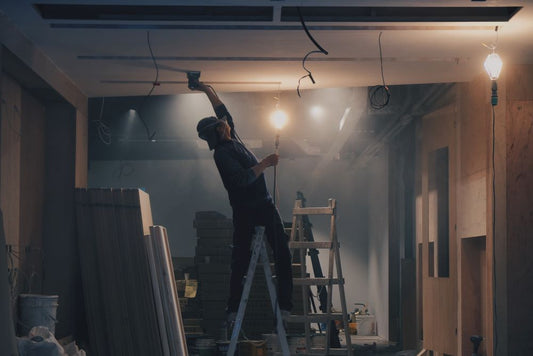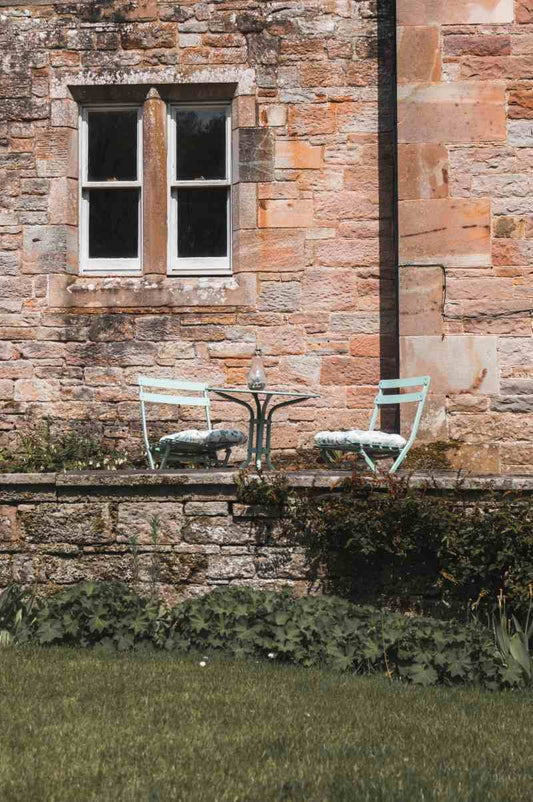Bricklaying is a timeless construction technique that has been used for centuries to create durable and aesthetically pleasing structures. While it may seem straightforward, there are many nuances and specialized tools involved in the process. One such tool that plays a crucial role in achieving precision and consistency in bricklaying is the Dori Block. In this article, we will delve into the world of bricklaying and explore the significance and applications of Dori Blocks in this age-old craft.
The Fundamentals of Bricklaying
Before we delve into the specifics of Dori Blocks, let's first understand the basic principles of bricklaying. Bricklaying is a meticulous craft that involves arranging bricks or similar masonry units in an organized manner to create walls, arches, or other structures. The primary goal is to ensure that the bricks are properly aligned both horizontally and vertically, creating a strong, stable, and visually appealing result.
To achieve this, bricklayers use mortar, a mixture of cement, sand, and water, to bond the bricks together. They rely on various tools such as trowels, levels, and jointers to ensure that each brick is placed accurately and securely.
The Role of Dori Blocks
Dori Blocks, also known as brick alignment blocks or line blocks, are small, rectangular tools made of wood, plastic, or metal. They play a pivotal role in maintaining the alignment of bricks during construction. These blocks are typically used in pairs, one at each end of a row of bricks, to hold a mason's line in place. The mason's line is a length of string or twine that runs between the two Dori Blocks, creating a straight, level reference line for brick placement.
1. Ensuring Straight and Level Rows:
One of the primary functions of Dori Blocks is to ensure that rows of bricks are straight and level. Without these blocks, it can be challenging for bricklayers to maintain consistent alignment as they lay each brick. By securing the mason's line with Dori Blocks at the desired height and angle, bricklayers can use it as a guide to ensure that the bricks are laid evenly, preventing deviations and irregularities in the wall's appearance.
2. Maintaining Proper Joint Spacing:
In addition to ensuring straight and level rows, Dori Blocks also help bricklayers maintain consistent joint spacing. Proper joint spacing is essential not only for aesthetic reasons but also for structural integrity. Dori Blocks allow bricklayers to position the mason's line at the correct distance from the face of the bricks, ensuring that each joint is uniform in width. This attention to detail enhances the overall quality and durability of the masonry work.
3. Facilitating Corner Alignment:
Dori Blocks are particularly useful when working on corners and edges of walls. They provide a stable reference point for bricklayers to align the first course of bricks, ensuring that the corner is square and properly positioned.
4. Speeding Up the Bricklaying Process:
While Dori Blocks may seem like a small addition to the bricklaying toolkit, they significantly speed up the construction process. By using a mason's line secured with Dori Blocks, bricklayers can quickly and accurately lay rows of bricks without constantly measuring and adjusting each brick's position. This efficiency not only saves time but also reduces the likelihood of errors.
Types of Dori Blocks
Dori Blocks come in various shapes, sizes, and materials to accommodate different preferences and construction needs. The most common types of Dori Blocks include:
- Wooden Dori Blocks: Traditional wooden Dori Blocks are lightweight and easy to handle. They are often preferred for their simplicity and affordability. However, wooden blocks may be susceptible to wear and moisture damage over time.
- Plastic Dori Blocks: Plastic Dori Blocks are durable, weather-resistant, and lightweight. They are less susceptible to moisture damage compared to wooden blocks. Additionally, plastic blocks come in various colours, making them easy to spot on the construction site.
- Metal Dori Blocks: Metal Dori Blocks, typically made of aluminium or steel, are incredibly durable and resistant to wear. They are often used in heavy-duty construction projects. However, they tend to be heavier than their wooden or plastic counterparts.
- Adjustable Dori Blocks: Some Dori Blocks are designed with adjustable features, allowing bricklayers to fine-tune the height and angle of the mason's line. This flexibility can be particularly useful when working on projects with specific design requirements.
Some Final Words
In the world of bricklaying, precision and consistency are paramount. Dori Blocks, with their seemingly humble appearance, play a pivotal role in achieving these goals. They serve as the unsung heroes of masonry work, ensuring that each brick is placed with accuracy and care. From straight and level rows to properly spaced joints and sharp corners, Dori Blocks are indispensable tools that help bricklayers create structures that are not only aesthetically pleasing but also structurally sound. As construction techniques evolve, the use of Dori Blocks remains a timeless and essential practice in the art of bricklaying.
To find the right Dori block or get some more helpful information, just contact our company at https://brickworktools.com/ . When you need help in having your walls look professional and go up quickly, talk to us. We can assess your needs and direct you to the right tools for your current project.
Contact us today to see what we can do for you when it comes to bricklaying tools.




